TL;DR Reinforcement learning SaaS optimization is revolutionizing how software companies operate. Smart algorithms learn from user interactions automatically. They adapt pricing strategies in real-time. Revenue growth happens through intelligent decision-making.
Table of Contents
SaaS companies face complex optimization challenges daily. Customer acquisition costs keep rising. Churn rates fluctuate unpredictably. Traditional pricing models fail to capture market dynamics. Reinforcement learning SaaS solutions address these problems effectively.
RL dynamic pricing represents the future of software monetization. Algorithms adjust prices based on demand patterns. Market conditions influence pricing decisions automatically. Customer behavior drives optimization strategies.
Understanding Reinforcement Learning SaaS Applications
Reinforcement learning SaaS systems work like intelligent assistants. They observe user behavior continuously. Actions receive rewards or penalties based on outcomes. The system learns optimal strategies through trial and error.
RL dynamic pricing algorithms monitor customer responses. They track conversion rates at different price points. Successful pricing strategies receive positive reinforcement. Poor performance triggers strategy adjustments.
Think of reinforcement learning SaaS as a smart autopilot. It navigates complex business environments automatically. Market changes trigger immediate responses. Customer preferences shape future decisions.
These systems excel at handling uncertainty. SaaS markets change rapidly and unpredictably. Reinforcement learning SaaS adapts to new conditions quickly. Traditional rule-based systems cannot match this flexibility.
Core Components of Reinforcement Learning SaaS Systems
Agent Architecture in SaaS Optimization
The agent represents the decision-making component in reinforcement learning SaaS. It observes market conditions and customer behavior. Actions include pricing changes and feature adjustments. The agent learns from each interaction outcome.
RL dynamic pricing agents process multiple data streams simultaneously. Customer demographics influence pricing decisions. Usage patterns reveal value perceptions. Market competition affects strategy selection.
Environment Modeling for SaaS Platforms
The environment encompasses all external factors affecting SaaS performance. Customer behavior patterns form part of this environment. Market conditions and competitor actions create additional complexity.
Reinforcement learning SaaS systems model these environments mathematically. State representations capture current business conditions. Action spaces define possible optimization moves. Reward functions measure success outcomes.
Reward Structure Design
This functions guide reinforcement learning SaaS optimization. Revenue increases generate positive rewards. Customer churn creates negative feedback. User engagement metrics influence reward calculations.
RL dynamic pricing systems balance multiple objectives simultaneously. Short-term revenue goals compete with long-term retention. Reward structures must capture these competing priorities accurately.
RL Dynamic Pricing Strategies for SaaS
Demand-Based Pricing Optimization
RL dynamic pricing adjusts rates based on demand patterns. High-demand periods trigger price increases automatically. Low-demand times activate discount strategies. Customer willingness to pay influences these decisions.
Reinforcement learning SaaS systems track demand indicators continuously. Website traffic patterns signal market interest. Trial signup rates reveal pricing sensitivity. Conversion funnels expose optimization opportunities.
Personalized Pricing with Reinforcement Learning
Individual customer characteristics drive RL dynamic pricing decisions. Company size affects pricing tier recommendations. Usage history influences renewal strategies. Geographic location impacts pricing sensitivity.
Reinforcement learning SaaS platforms create detailed customer profiles. Machine learning algorithms identify pricing preferences. Personalization increases conversion rates significantly. Customer satisfaction improves through relevant pricing.
Competitive Response Optimization
Market competition influences RL dynamic pricing strategies heavily. Competitor pricing changes trigger automatic responses. Reinforcement learning SaaS systems monitor competitive landscapes continuously. Strategic positioning improves through intelligent pricing.
These systems learn optimal competitive responses over time. Aggressive competitors require different strategies than passive ones. Market leaders and followers need distinct approaches.
Implementation Approaches for Reinforcement Learning SaaS
Multi-Armed Bandit Solutions
Multi-armed bandit algorithms excel at RL dynamic pricing experiments. They balance exploration and exploitation effectively. Different pricing strategies represent individual arms. Successful arms receive more attention over time.
Reinforcement learning SaaS systems use bandits for A/B testing. Traditional testing requires long experimental periods. Bandit algorithms adapt quickly to winning strategies. Statistical significance requirements decrease substantially.
Deep Q-Network Applications
Deep Q-Networks handle complex reinforcement learning SaaS scenarios. They process high-dimensional state spaces effectively. Customer behavior patterns require sophisticated modeling. Neural networks capture these complex relationships.
RL dynamic pricing benefits from deep learning capabilities. Historical data trains neural network models. Real-time decisions use learned value functions. Accuracy improves with additional training data.
Policy Gradient Methods
Policy gradient algorithms optimize reinforcement learning SaaS strategies directly. They learn optimal action distributions for given states. Pricing policies evolve through gradient ascent methods. Continuous action spaces suit pricing optimization well.
These methods excel at RL dynamic pricing problems. Price ranges represent continuous action spaces. Policy networks output optimal pricing distributions. Variance reduction techniques improve learning stability.
Real-World Applications of Reinforcement Learning SaaS
Customer Acquisition Cost Optimization
Reinforcement learning SaaS systems optimize marketing spend automatically. They allocate budgets across different channels dynamically. Performance feedback guides future spending decisions. Customer acquisition costs decrease through intelligent optimization.
RL dynamic pricing complements acquisition optimization strategies. Lower prices attract more customers initially. Higher lifetime values justify acquisition investments. Pricing and marketing work together synergistically.
Churn Prediction and Prevention
Customer churn threatens SaaS business sustainability. Reinforcement learning SaaS systems identify at-risk customers early. They recommend retention strategies automatically. Personalized interventions reduce churn rates significantly.
Pricing adjustments serve as retention tools in RL dynamic pricing. Discounts can prevent customer departures. Usage-based pricing reduces cost concerns. Flexible payment terms improve customer satisfaction.
Feature Rollout Optimization
New feature releases require careful optimization strategies. Reinforcement learning SaaS systems determine optimal rollout schedules. They identify which customer segments benefit most. Feature adoption rates guide rollout decisions.
RL dynamic pricing adjusts rates based on feature value. Premium features justify higher pricing tiers. Basic features support entry-level pricing strategies. Value-based pricing improves customer satisfaction.
Resource Allocation and Scaling
Infrastructure costs impact SaaS profitability directly. Reinforcement learning SaaS systems optimize resource allocation automatically. They predict demand patterns accurately. Scaling decisions happen before capacity issues arise.
Cost optimization enables more aggressive RL dynamic pricing strategies. Lower operational costs support competitive pricing. Efficient scaling maintains service quality levels. Customer satisfaction remains high during growth periods.
Benefits of Reinforcement Learning SaaS Implementation
Revenue Optimization
RL dynamic pricing maximizes revenue potential automatically. Algorithms find optimal price points for different segments. Market conditions influence pricing decisions continuously. Revenue per customer increases through smart pricing.
Reinforcement learning SaaS systems optimize multiple revenue streams simultaneously. Subscription pricing, usage fees, and add-ons work together. Cross-selling opportunities increase through intelligent recommendations.
Customer Experience Enhancement
Personalized pricing improves customer satisfaction levels. Reinforcement learning SaaS systems understand individual preferences. Pricing feels fair and transparent to customers. Value perception increases through proper pricing.
RL dynamic pricing eliminates pricing frustrations. Customers receive prices aligned with their willingness to pay. Transparency builds trust and loyalty. Long-term relationships are strengthened through fair pricing.
Competitive Advantage
Early adopters of reinforcement learning SaaS gain significant advantages. They respond to market changes faster than competitors. Pricing strategies adapt automatically to new conditions. Market positioning improves through intelligent optimization.
RL dynamic pricing creates sustainable competitive moats. Algorithms learn from proprietary customer data. Competitive responses become predictable over time. Strategic advantages compound through continuous learning.
Operational Efficiency
Automated optimization reduces manual workload significantly. Reinforcement learning SaaS systems handle routine pricing decisions. Human resources focus on strategic initiatives. Operational costs decrease through automation.
RL dynamic pricing eliminates pricing committee meetings. Decisions happen automatically based on learned policies. Speed of response improves dramatically. Market opportunities capture happens faster.
Challenges in Reinforcement Learning SaaS Deployment
Data Quality Requirements
Reinforcement learning SaaS systems need high-quality training data. Customer behavior data must be accurate and complete. Missing data points can skew learning algorithms. Data preprocessing requires significant effort.
RL dynamic pricing depends on reliable customer feedback signals. Purchase decisions provide clear reward signals. Engagement metrics offer additional insights. Data quality directly impacts algorithm performance.
Exploration vs Exploitation Balance
Learning requires experimentation with different strategies. Reinforcement learning SaaS systems must try suboptimal actions sometimes. Revenue can suffer during exploration periods. Balancing learning and performance is challenging.
RL dynamic pricing faces similar exploration challenges. Testing higher prices might reduce sales temporarily. Lower prices could leave money on the table. Smart exploration strategies minimize revenue impact.
Regulatory Compliance
Pricing regulations vary across different markets and industries. Reinforcement learning SaaS systems must comply with these rules. Discriminatory pricing practices can create legal issues. Compliance monitoring requires careful attention.
RL dynamic pricing algorithms need built-in compliance checks. Fair pricing laws restrict certain strategies. Geographic regulations affect pricing flexibility. Legal review becomes part of system design.
Customer Trust and Transparency
Dynamic pricing can create customer trust issues. Reinforcement learning SaaS systems need transparent communication strategies. Customers want to understand pricing logic. Black box algorithms can damage relationships.
Explainable RL dynamic pricing builds customer confidence. Clear pricing rules reduce confusion. Fair pricing policies maintain trust. Transparency becomes a competitive advantage.
Technical Architecture for Reinforcement Learning SaaS
Data Pipeline Design
Reinforcement learning SaaS requires a robust data infrastructure. Real-time customer behavior feeds learning algorithms. Historical data provides training foundations. Data quality monitoring prevents algorithm degradation.
RL dynamic pricing needs fast data processing capabilities. Pricing decisions happen in milliseconds. Customer interactions generate continuous data streams. Scalable architecture handles growing data volumes.
Model Training Infrastructure
Training reinforcement learning SaaS models requires significant computational resources. Deep learning models need GPU acceleration. Distributed training speeds up learning processes. Model versioning tracks performance improvements.
Cloud platforms provide scalable training infrastructure. Training costs scale with business growth. Automated retraining keeps models current. Performance monitoring triggers retraining cycles.
Deployment and Monitoring Systems
Production deployment of reinforcement learning SaaS requires careful monitoring. Model performance tracking identifies degradation early. A/B testing validates algorithm improvements. Rollback capabilities handle deployment issues.
RL dynamic pricing systems need real-time monitoring dashboards. Pricing decisions impact revenue immediately. Alert systems notify operators of unusual behavior. Performance metrics track business outcomes.
Performance Measurement for Reinforcement Learning SaaS
Revenue Metrics
RL dynamic pricing success requires comprehensive revenue tracking. Monthly recurring revenue shows pricing impact. Customer lifetime value measures long-term effects. Average revenue per user indicates segment performance.
Reinforcement learning SaaS systems optimize for multiple revenue metrics simultaneously. Growth rate acceleration demonstrates algorithm effectiveness. Revenue predictability improves through smart pricing. Seasonal patterns become manageable.
Customer Satisfaction Indicators
Pricing changes affect customer satisfaction directly. Reinforcement learning SaaS systems monitor satisfaction metrics continuously. Net Promoter Scores reveal customer sentiment. Support ticket volumes indicate pricing issues.
RL dynamic pricing balances revenue and satisfaction goals. Happy customers provide higher lifetime values. Retention rates improve through fair pricing. Word-of-mouth marketing increases through satisfaction.
Operational Efficiency Measures
Automation reduces manual pricing work significantly. Reinforcement learning SaaS systems handle routine decisions automatically. Human involvement decreases over time. Operational costs improve through efficiency gains.
Response time to market changes improves dramatically. RL dynamic pricing adapts within hours instead of weeks. Competitive advantages multiply through speed. Market opportunities capture increases substantially.
Future Trends in Reinforcement Learning SaaS
Multi-Agent Systems
Complex SaaS environments involve multiple decision makers. Reinforcement learning SaaS will coordinate between different agents. Marketing, pricing, and product agents will collaborate. System-wide optimization improves overall performance.
RL dynamic pricing agents will negotiate with marketing agents. Budget allocation decisions will consider pricing strategies. Cross-functional optimization creates synergies. Holistic business optimization becomes possible.
Federated Learning Integration
Privacy concerns drive federated learning adoption. Reinforcement learning SaaS systems will learn without centralizing data. Customer privacy protection improves significantly. Competitive intelligence gathering becomes harder.
Collaborative learning between SaaS companies might emerge. Industry-wide RL dynamic pricing insights could develop. Benchmarking becomes possible without data sharing. Market efficiency improves through collaboration.
Real-Time Personalization
Customer expectations for personalization continue rising. Reinforcement learning SaaS will provide individual experiences. Real-time customization becomes standard practice. One-size-fits-all approaches become obsolete.
RL dynamic pricing will offer individual price quotes. Personal value perception drives pricing decisions. Customer segments of one become possible. Micro-targeting improves conversion rates dramatically.
Best Practices for Reinforcement Learning SaaS Success
Start small with reinforcement learning SaaS implementations. Pilot projects reduce risk and build experience. Success stories create organizational buy-in. Gradual scaling ensures stable performance.
Focus on data quality from the beginning. Clean data accelerates learning significantly. Garbage in creates garbage out problems. Investment in data infrastructure pays dividends.
Build cross-functional teams for RL dynamic pricing projects. Technical skills alone are insufficient. Business domain expertise guides algorithm design. Customer insights shape reward functions.
Maintain human oversight of automated systems. Reinforcement learning SaaS algorithms can make mistakes. Human judgment catches edge cases. Override capabilities provide safety nets.
Test thoroughly before full deployment. A/B testing validates algorithm performance. Gradual rollouts minimize risk exposure. Performance monitoring catches issues early.
Read More: AI Email Marketing: Boost Open Rates by 250% in 2025
Conclusion
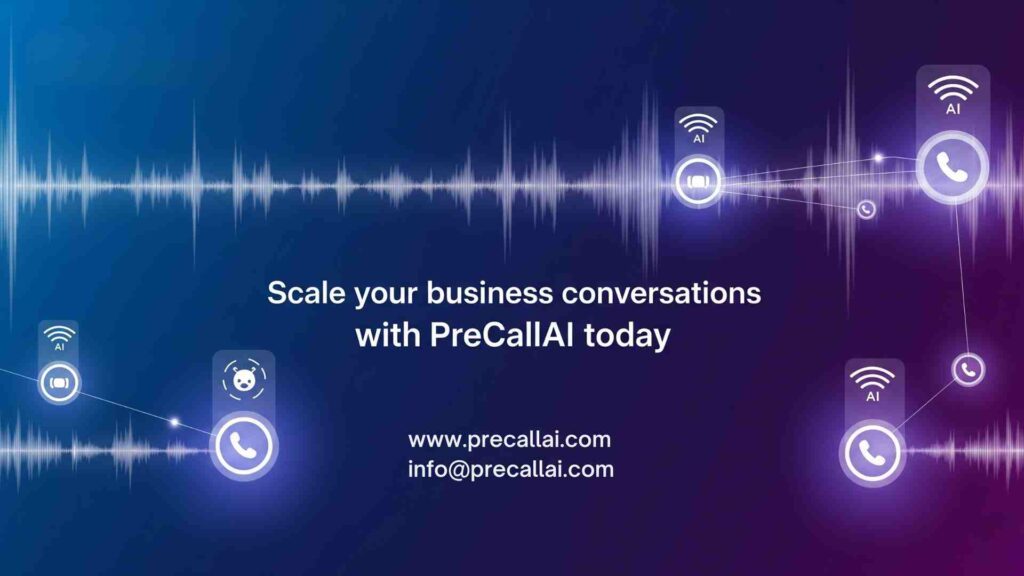
Reinforcement learning SaaS optimization represents a paradigm shift in software business management. These intelligent systems adapt to market conditions automatically. Revenue optimization happens through continuous learning. Customer satisfaction improves through personalized experiences.
RL dynamic pricing specifically transforms how SaaS companies monetize their products. Pricing strategies evolve based on real customer feedback. Market positioning improves through intelligent competition analysis. Profitability increases while maintaining customer relationships.
Success with reinforcement learning SaaS requires careful planning and execution. Data quality, algorithm selection, and deployment strategies all matter significantly. Companies investing in these technologies position themselves for sustainable competitive advantages.
The future belongs to SaaS companies that embrace intelligent automation. Reinforcement learning SaaS systems will become standard practice. Early adopters gain first-mover advantages. The learning curve is steep, but the rewards justify the effort.
Start exploring reinforcement learning SaaS optimization for your platform today. Begin with small pilot projects to build expertise. Scale successful implementations gradually. Your customers and shareholders will appreciate the intelligent optimization that only RL dynamic pricing can deliver.


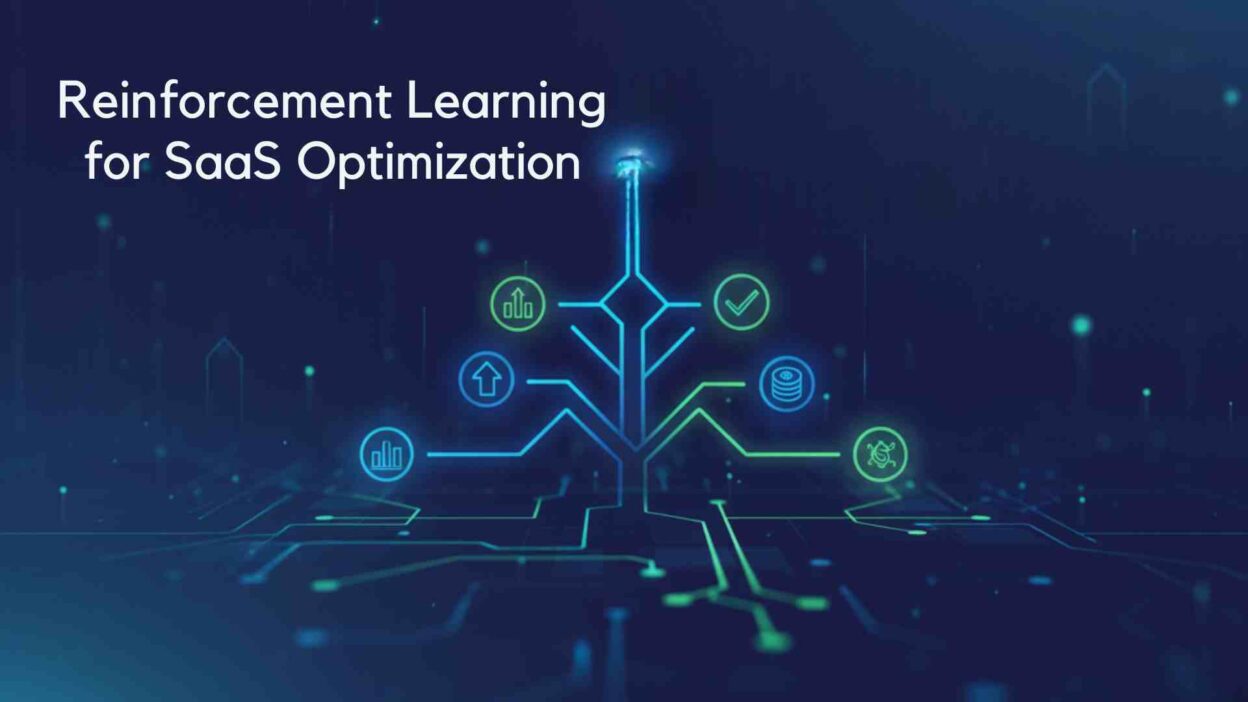
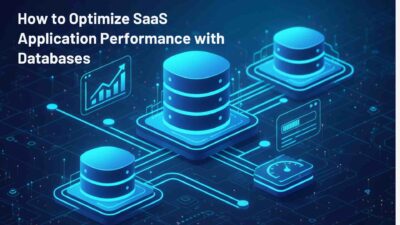
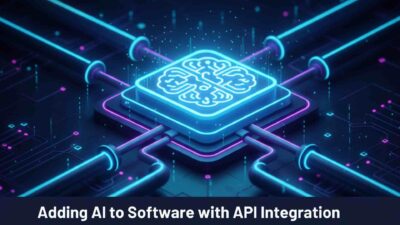
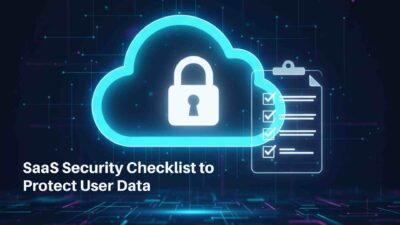
[…] caching requires careful consideration. Personalized data cannot be cached at edge locations. SaaS speed optimization balances caching and personalization. Edge computing enables dynamic content […]
[…] Read More: Reinforcement Learning for SaaS Optimization […]